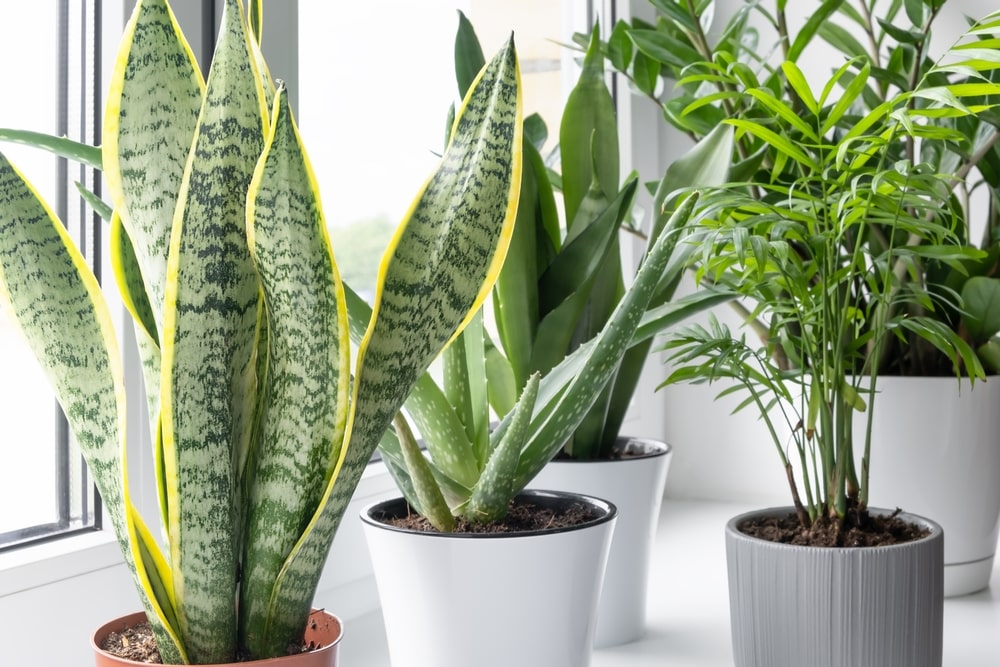ENHANCE YOUR LIFE WITH PLANTS AND “PLANT A LITTLE HAPPINESS”
Tropical plants are more than decorative accents in our homes and offices. Houseplants are correctly labeled as CLEAN AIR MACHINES.
Have you ever considered going indoors to get a breath of fresh air? It’s not as crazy as it sounds, considering the air pollution we experience daily from automobile engines, factories, asphalt plants, and pesticide use. A few well-placed house plants can make your indoor air safer to breathe.
House plants, or tropical foliage, are more than just decorative accents. NASA research has shown that tropical plants scrub the air, removing toxins commonly found in homes and office buildings. Volatile organic compounds (VOC), known to cause allergic reactions and even cancer or other serious health problems, have been found by EPA inside newer energy-efficient buildings. New building methods and products have led to what is called sick building syndrome, where vapors from toxic chemicals such as benzene, formaldehyde, and trichloroethylene are trapped inside, causing some people to experience headaches, asthma, and other allergy symptoms. Studies are still being made to determine if long-term exposure to these VOCs can contribute to increased incidences of cancer. In addition to these chemicals, carbon monoxide and bioeffluents (gases produced during human respiration) are also sources of indoor pollution.
Ninety percent of people spend nearly 22 hours a day inside without enough sunlight or fresh air. Children spend, on average, less than one hour per day outside. According to market research, 52% of people in the U.S. are using houseplants to clean the air. Since getting outdoors more often is not always an option, bring the outside in with houseplants. This trend is very active with millennials. Millennials are collecting houseplants more than ever and sharing photos of their loves on social media.
HOW DO PLANTS CLEAN THE AIR?
Plants naturally breathe in carbon dioxide during the process of photosynthesis. As a result of this process, oxygen is released by the plant’s leaves. Plants also breathe in pollution in the air around them through microscopic openings in the leaves, and the toxins then move through the plant to the root zone. Room air is also drawn into the soil of a potted plant as the plant begins to dry. Microorganisms living around the roots eat any air-borne pollutants with which they come into contact, breaking down their chemical structures into molecules that the plant can take up as nutrients or remain harmless in the soil.
As a general rule of thumb, the larger the leaves, the more efficient the plant is at cleaning the air, but most plants are doing some good. Tests have shown that, while one plant is better at eliminating one chemical or another, an assortment of plants placed throughout an indoor space should make our homes and offices healthier. Potted plants are air purifiers that don’t require batteries or a filter change.
As mentioned earlier, FEBRUARY IS HOUSEPLANT MONTH at the Great Big Greenhouse. Be sure to visit our event page and review everything we do this month with houseplant promotions and sales. We hope to see you!!!
HAPPY INDOOR GARDENING, and remember to PLANT A LITTLE HAPPINESS!!!!!!!!!!!!!!!!!!!

